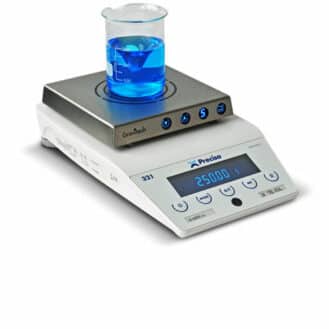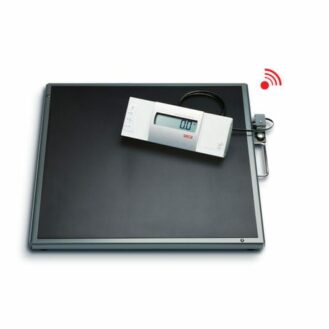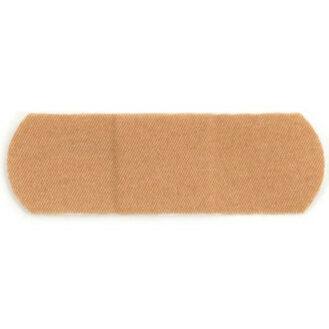Incubators can be either closed or open.
- Closed incubators: Closed incubators consist of a rigid box (housing) in which the infant is kept in a controlled environment to receive medical care. Parents and caregivers have access to the child through front doors or portholes. Parameters inside the incubator such as temperature and humidity are set manually via a control screen, or automatically using skin sensors attached to the baby’s skin. Other features include a mattress, integrated scale, and X-ray cassette. An incubator includes an AC heater, an electric motor-driven fan to circulate heated air, a water tank to add moisture, a mechanical filter through which oxygen flows, and a nursing access port. Closed incubators are ideal for babies who need extra germ protection, reduced light and sound, and humidity control. Some closed incubators have two walls to prevent heat and air loss (double-walled incubators). New-generation closed incubators enable caregivers to interact more closely with babies.
- Open (or radiant) incubators: Open incubators, also known as neonatal resuscitation tables, consist of an uncovered table/mattress topped with a radiant lamp for heat diffusion. These models give medical staff easier access to newborns for certain treatments. Open incubators are ideal for infants who mainly need to be temporarily warmed and have their vital functions measured. The inability to control humidity and protect the infant from airborne germs means that open incubators are not ideal for premature babies or those requiring a more controlled environment.
There are also transport incubators used to transport premature infants short distances. Some models offer a complete out-of-hospital transport system, either by land or air. A transport incubator typically includes a mini-ventilator, cardiorespiratory monitor, infusion pump, pulse oximeter, and integrated oxygen supply.

Ningbo David neonatal incubator on wheels









